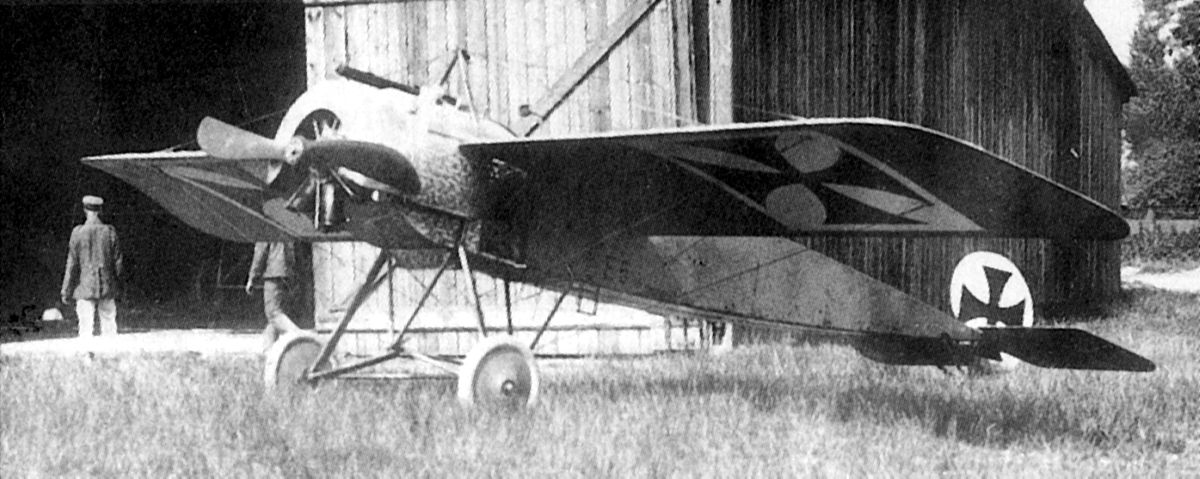bugsiegel
Pre-Flight
- Joined
- Jan 8, 2015
- Messages
- 73
- Display Name
Display name:
Bugsiegel
I just watched a video of some basic acrobatics and both a half cuban 8 and an immelmann were performed. To me they look basically the same. They look to be a half loop and then a half roll to come out level and in the opposite direction. Unless I'm not seeing it correctly, what is the difference?
Here's a link to the video.
Here's a link to the video.

